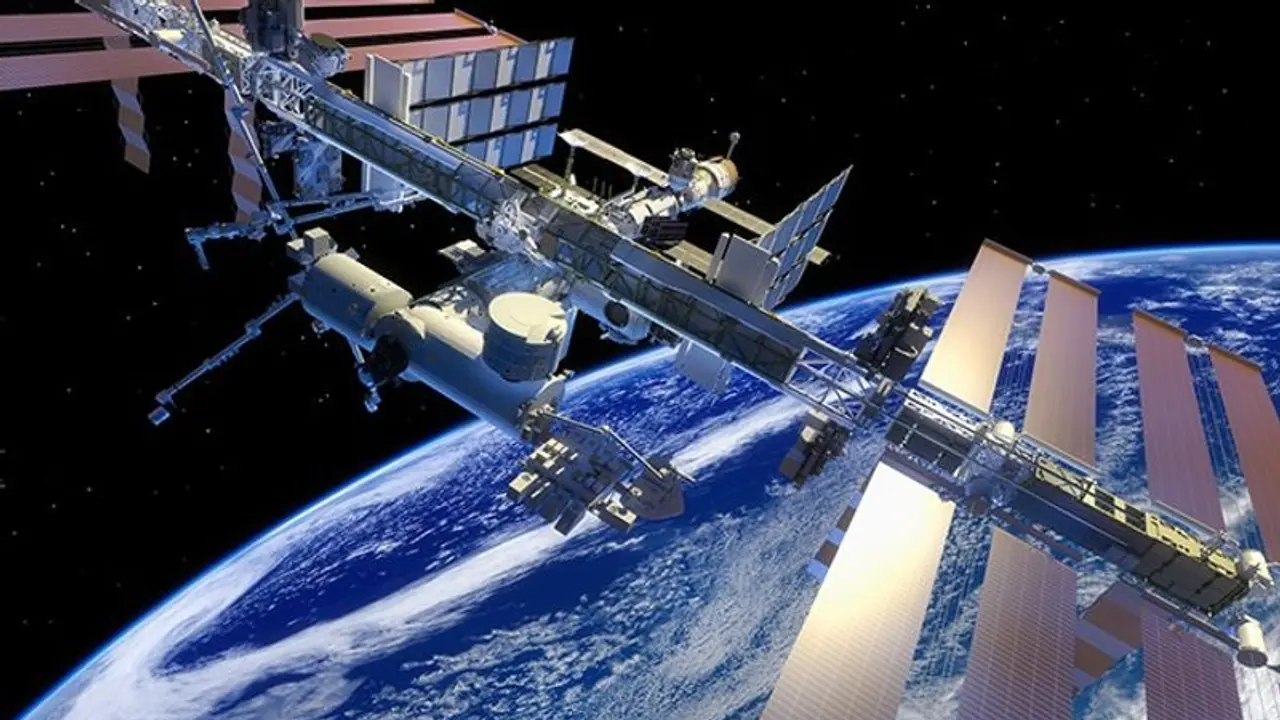India's "One Nation, One Time" project will replace reliance on foreign GPS satellites, using the indigenous NavIC system for precise time synchronization. Atomic clocks in key centres will provide highly accurate time, benefiting sectors like banking, defense, and telecommunications, with regulations for nationwide adoption.
India is on the brink of achieving a groundbreaking initiative to synchronize time across the nation. The "One Nation, One Time" project will soon replace the reliance on foreign GPS satellites for timekeeping, ushering in a new era of precision with the help of India's indigenous NavIC satellite system. This project, led by the National Physical Laboratory (NPL) and supported by the Indian Space Research Organisation (ISRO), aims to provide a highly accurate and unified time reference across the country.

What is 'One Nation, One Time?'
Currently, India follows Indian Standard Time (IST), which is linked to Coordinated Universal Time (UTC) through GPS satellites. These satellites, however, depend on signals from foreign sources. But soon, this will change as India will begin using its satellite system, NavIC (Navigation with Indian Constellation), for time synchronization. This will ensure that the entire nation runs on a unified time system, offering accuracy down to the millisecond.
Major milestone: ISRO's 100th rocket, GSLV-F15, set for January 29 launch
The core of the new system will be the NavIC network, which will send time signals to a central lab located in Faridabad. From there, time data will be distributed to four regional centres, Ahmedabad, Bengaluru, Bhubaneswar, and Guwahati, each equipped with atomic clocks. These atomic clocks are known for their extraordinary accuracy, losing only one second every 100 million years. This will allow digital devices like smartphones, laptops, and watches to display at the same time, creating synchronization across the nation, reported TOI.
Atomic clocks, which are the most accurate timekeeping devices in the world, will be pivotal to this system. By using the resonance frequencies of atoms, these clocks can maintain time with remarkable precision. This level of accuracy will benefit various sectors that rely on synchronized timing, such as banking, telecommunications, power grids, defence, and transportation.
The implementation of the Times Dissemination Project is well underway. Key infrastructure, including atomic clocks, has already been set up in Faridabad, Ahmedabad, Bengaluru, and Bhubaneswar. A test of the NavIC link with NPL Faridabad was recently successful. The next step involves ensuring that the clocks in these centres are synchronized, accounting for any potential delays in transmitting data via optic fibre cables.
ISRO's satellite captures high-resolution images of Maha Kumbh 2025 in Prayagraj
- Power Grids: Ensures stability and smooth operation by synchronizing activities across the country.
- Telecommunications: Enhances the efficiency and reliability of communication networks.
- Banking: Facilitates precise time-stamped transactions, ensuring the accuracy of financial records.
- Defense and Transportation: Improves operational accuracy and strengthens resilience against cyber threats.
The Consumer Affairs Department has already issued draft rules to make Indian Standard Time (IST) the sole reference for legal, commercial, and official documents in India. Exceptions will be made only for specialized fields like astronomy, navigation, and scientific research, but these will require prior government approval. The government has also outlined penalties for non-compliance with the new regulations.
